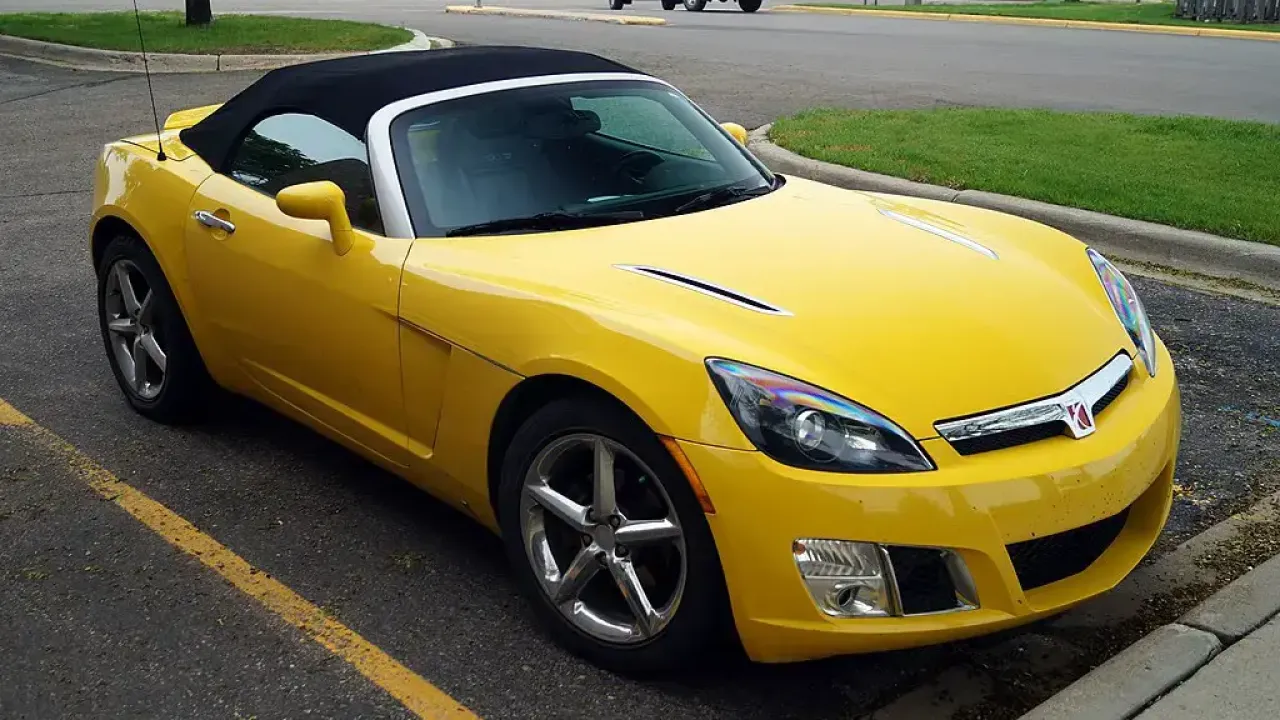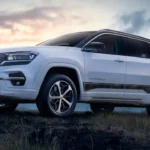Saturn, once heralded as the “different kind of car company,” has long since faded from the American automotive landscape. Despite initial promises of innovation and consumer-focused design, the brand’s rise and fall are a reminder of how quickly consumer preferences can shift and how even well-intentioned brands can struggle to survive in an ever-evolving market. Today, Saturn remains a brand that is very much a part of the past, with its legacy confined to history rather than modern roadways.
The Rise of Saturn: A Bold Vision for the Future
Launched in 1985 by General Motors (GM), Saturn was created with the goal of offering a more customer-centric approach to the car-buying experience. The brand’s focus on affordability, fuel efficiency, and a no-haggle sales approach attracted attention in a market that was often dominated by complex pricing structures and dealer negotiations. Saturn cars were marketed as “import-fighters,” aiming to compete with popular vehicles from Japanese automakers like Toyota and Honda, which were known for their reliability and value.
In the beginning, Saturn’s innovative business model, along with its vehicles’ unique plastic body panels (which were touted as being resistant to dents), set the brand apart. The Saturn S-Series, introduced in the early 1990s, became the brand’s flagship model and saw strong initial sales, with many consumers attracted by its practical design and affordability. The brand was even lauded for its friendly and transparent approach to customer service, which helped build a loyal customer base.
However, despite its early success and unique position in the market, Saturn struggled to establish a lasting identity. As GM began facing financial challenges and shifting market demands, Saturn’s place in the larger GM portfolio became increasingly uncertain.

The Decline of Saturn
While Saturn enjoyed a few years of success, its inability to adapt to changing consumer demands and evolving market conditions ultimately led to its decline. By the early 2000s, Saturn found itself unable to compete with both foreign and domestic automakers that were continually innovating and refining their product offerings. Saturn’s cars, which were initially seen as modern and practical, began to look outdated compared to more stylish and feature-rich competitors.
Moreover, Saturn’s limited lineup became a significant hindrance. The brand’s vehicles were mostly compact and mid-size cars, which failed to meet the rising demand for SUVs, crossovers, and trucks in the U.S. market. As consumer preferences shifted toward larger vehicles with more space and versatility, Saturn was slow to pivot. The introduction of the Saturn Vue SUV and the Saturn Outlook crossover SUV came too late to recapture market share and failed to generate the same enthusiasm as the brand’s earlier models.
Additionally, Saturn’s reliance on GM for manufacturing and design support left the brand limited in its ability to truly differentiate itself in a competitive market. GM’s financial troubles, combined with increasing production costs and a lack of a strong, distinct brand identity, made Saturn’s future look uncertain.
The Final Chapter: Saturn’s Discontinuation
In 2009, General Motors made the decision to end Saturn’s run as part of the company’s bankruptcy restructuring. GM’s inability to revitalize Saturn, coupled with the economic downturn and shifting consumer behavior, led to the brand’s demise. By the time Saturn ceased production, it was clear that the brand had failed to live up to its original promise of being a true alternative to traditional car companies.
The discontinuation of Saturn marked the end of an era for GM. While the brand had enjoyed moments of success, it had never truly found a place in the long-term American automotive landscape. As GM moved forward with its core brands—Chevrolet, GMC, Buick, and Cadillac—Saturn was left behind as a casualty of market forces and strategic miscalculations.
The Legacy of Saturn
Today, Saturn exists as a brand mostly remembered by those who owned its vehicles or admired its early efforts to change the way cars were sold. While its cars were practical and affordable, they are now mostly viewed as relics of a bygone era. The brand’s legacy is limited, with few new buyers interested in Saturn vehicles. As the years pass, the number of Saturn vehicles on the road steadily decreases, as they age and are replaced by newer models from other brands.
For those who owned Saturn vehicles, however, the brand is remembered fondly for its customer-first approach and the simplicity of the car-buying experience. Saturn was one of the first brands to create a distinct identity centered around customer satisfaction, something that many consumers appreciated. Even today, some Saturn owners remain loyal to the brand, though their numbers are shrinking.
Despite Saturn’s decline, the brand’s legacy of customer service and a focus on transparency can still be seen in some of the practices adopted by modern car companies. Brands that emphasize a no-haggle pricing model or focus heavily on customer experience owe a debt to Saturn’s early efforts. However, these efforts were not enough to ensure the brand’s survival in a highly competitive and rapidly changing automotive market.
The Changing Automotive Market: What Saturn Could Have Done
Had Saturn been able to adapt to the changing automotive landscape, the story of the brand might have been very different. If Saturn had expanded its lineup to include more diverse and popular vehicles, such as electric vehicles (EVs) or larger SUVs, it could have appealed to a broader customer base. As consumers increasingly demand more fuel-efficient and eco-friendly vehicles, Saturn’s focus on affordable, no-frills cars may have fit well with the growing interest in hybrids and EVs.
The market shift towards technology integration and autonomous driving also posed an opportunity that Saturn could have capitalized on. If the brand had placed more emphasis on in-car technology and innovation, it might have found renewed interest from younger, tech-savvy buyers. Unfortunately, Saturn’s inability to pivot quickly to these emerging trends sealed its fate as a brand of the past.
Conclusion: A Brand Frozen in Time
Saturn’s journey from a promising automotive disruptor to a brand lost to history serves as a cautionary tale for companies in any industry. While its early efforts were admired and its cars practical, the brand struggled to evolve with the rapidly changing automotive landscape. The result is that Saturn remains largely forgotten, relegated to the past and remembered only by those who once believed in its potential.
For today’s car buyers, Saturn exists as a relic of a different time—one where simplicity and customer-first values were at the forefront, but where innovation and adaptability ultimately determined the survival of an automotive brand.







